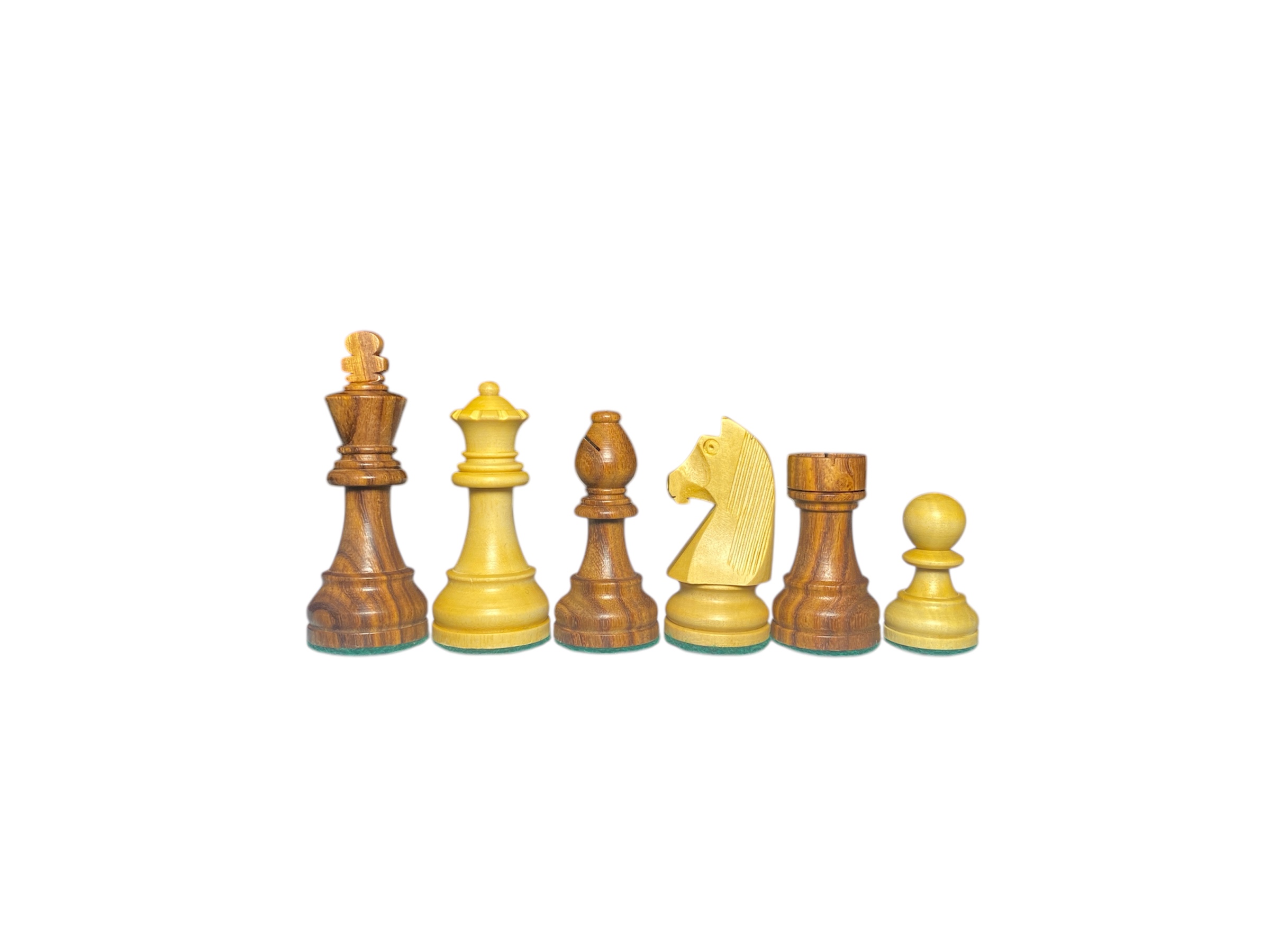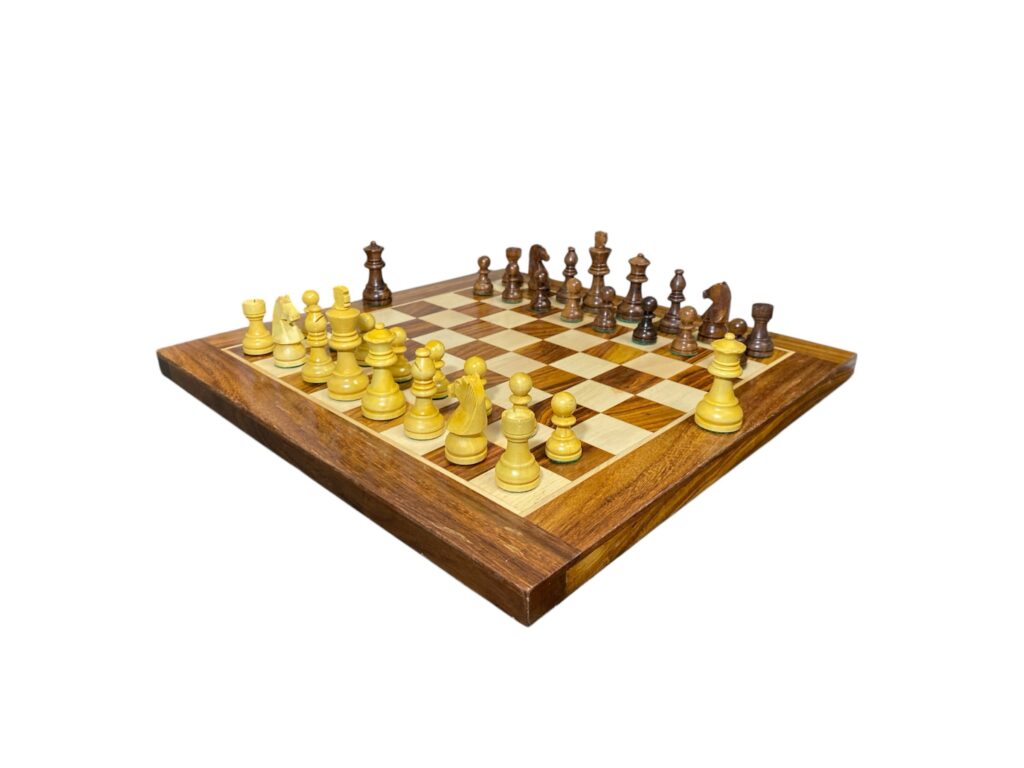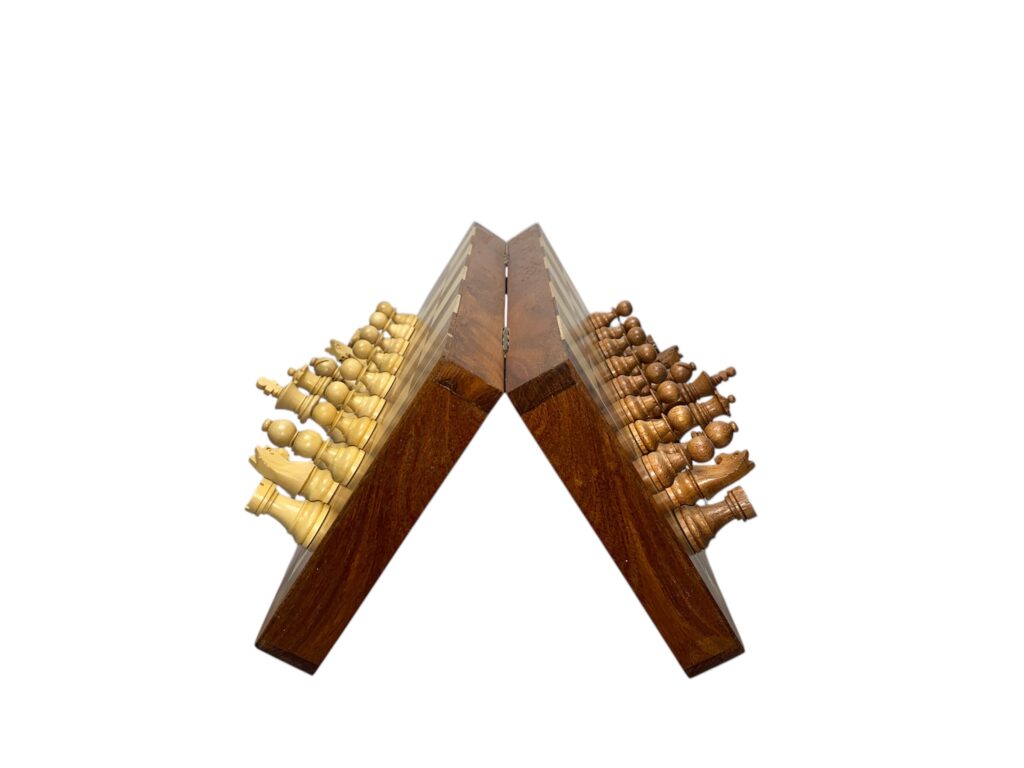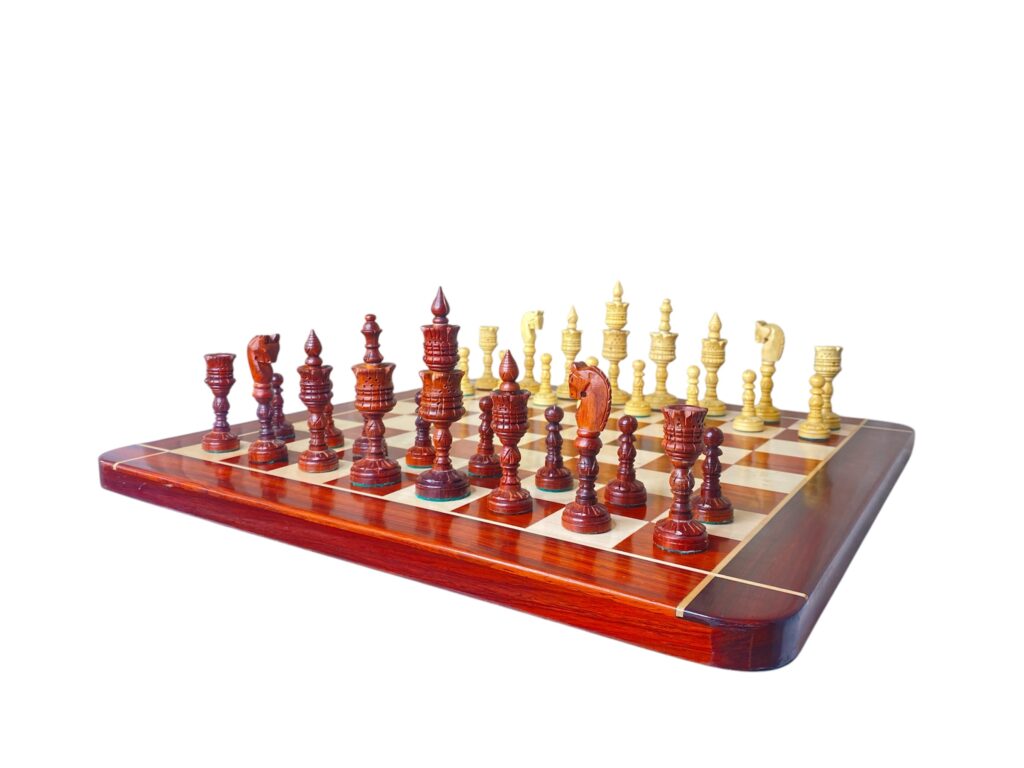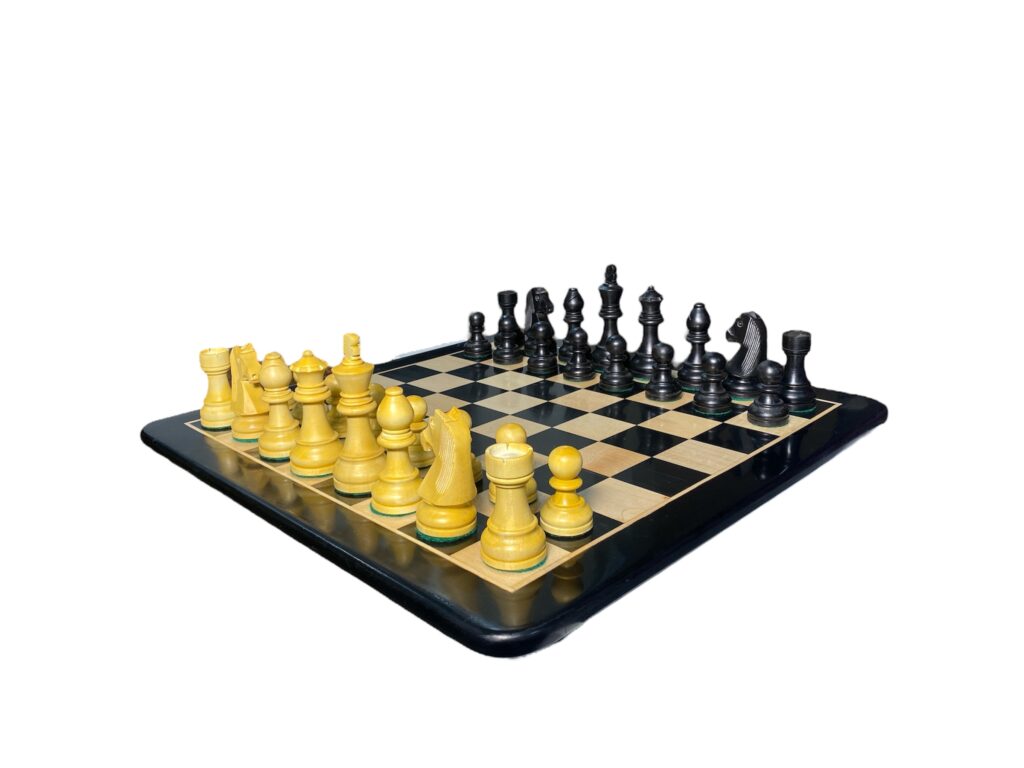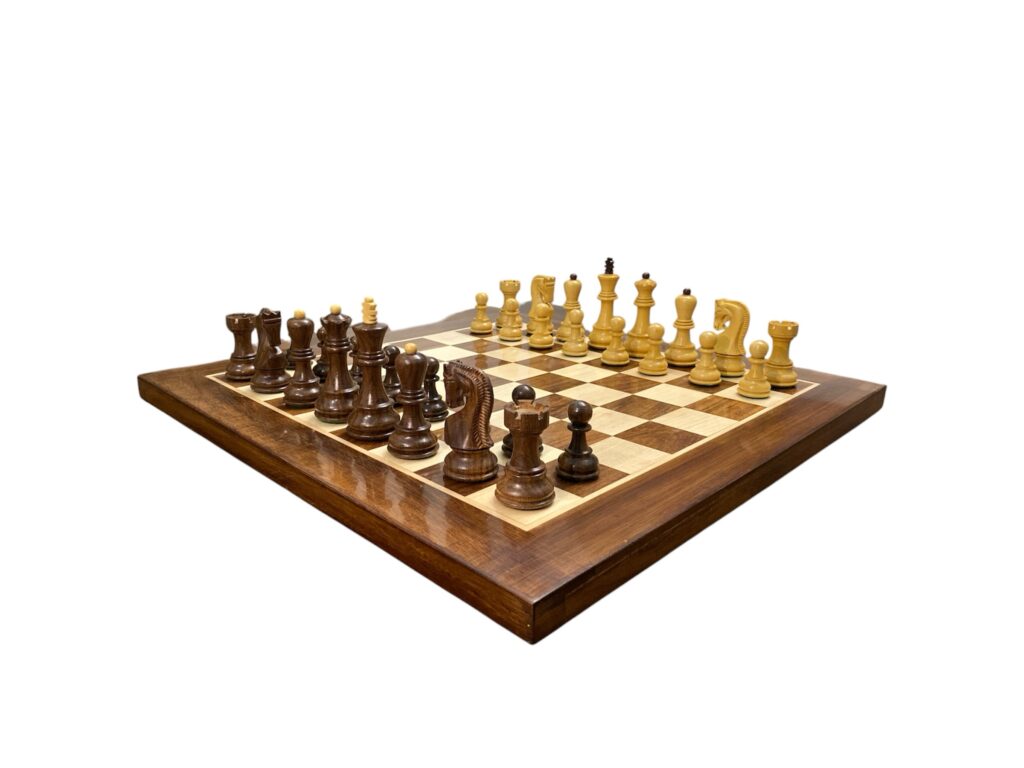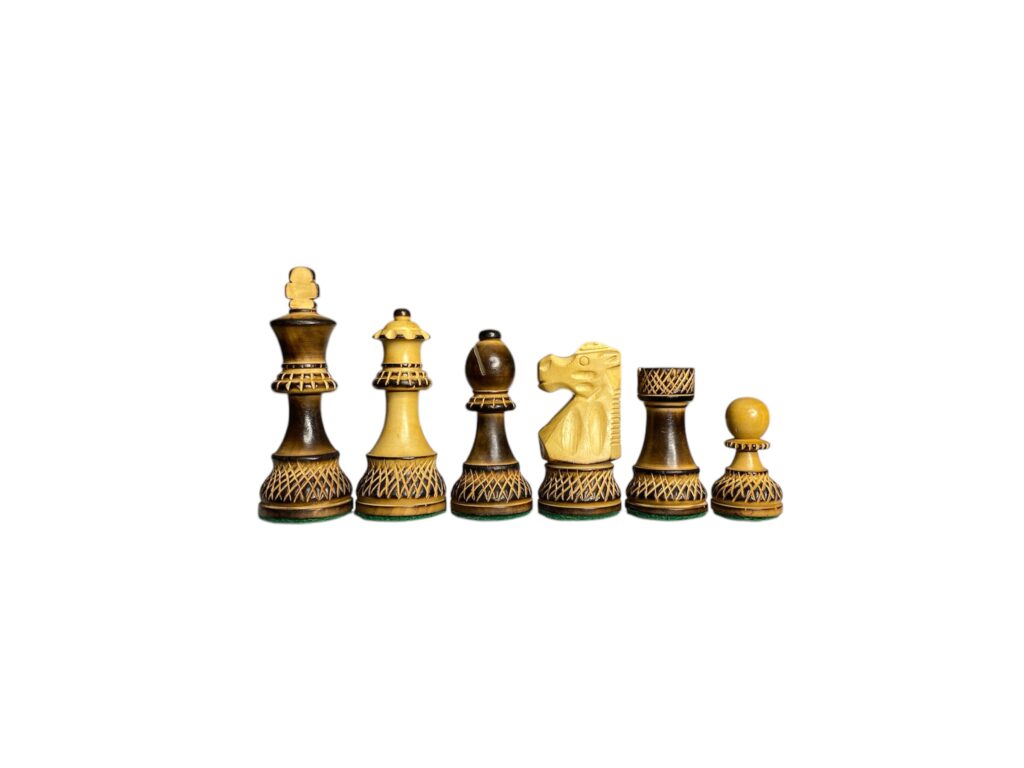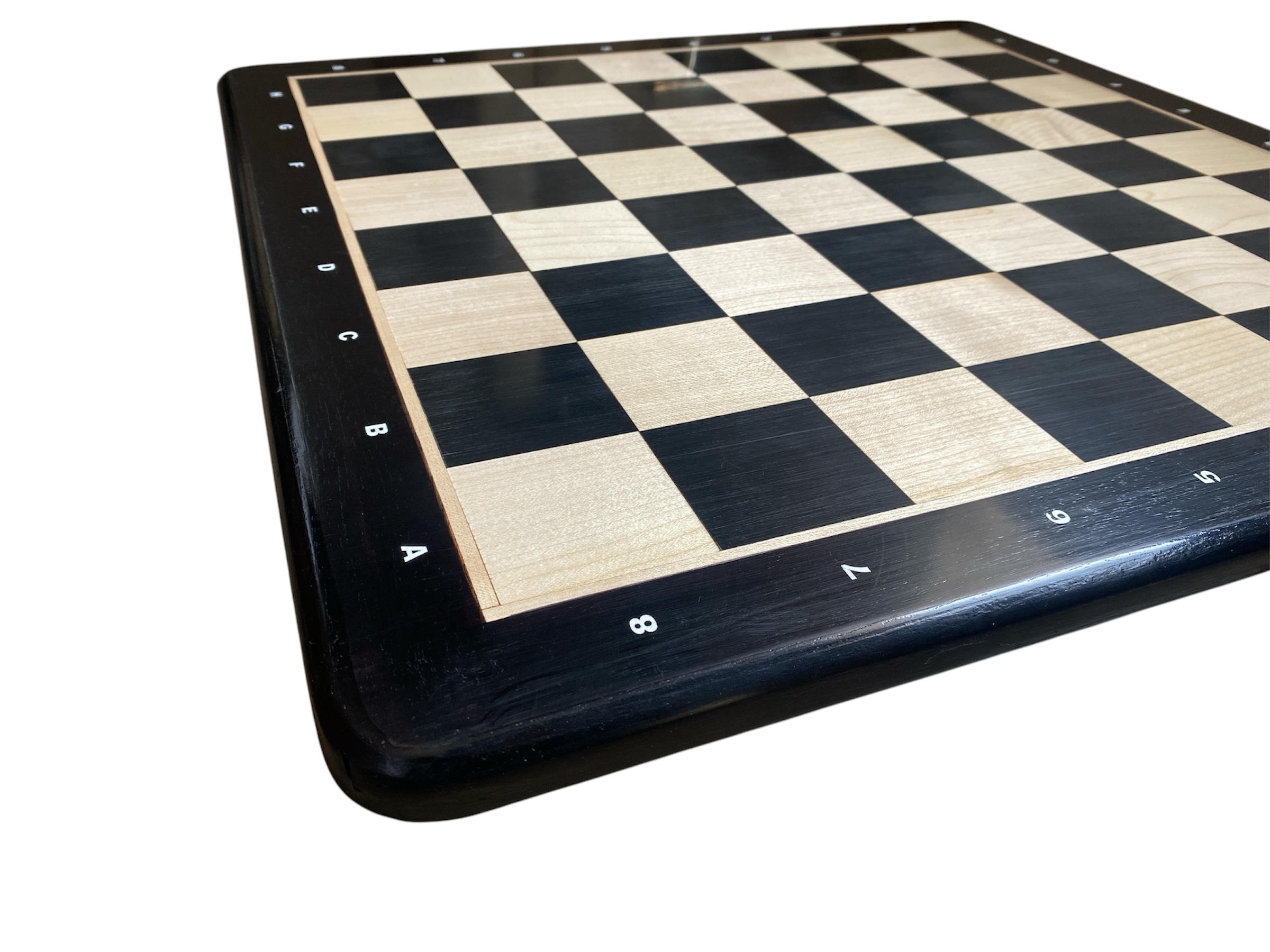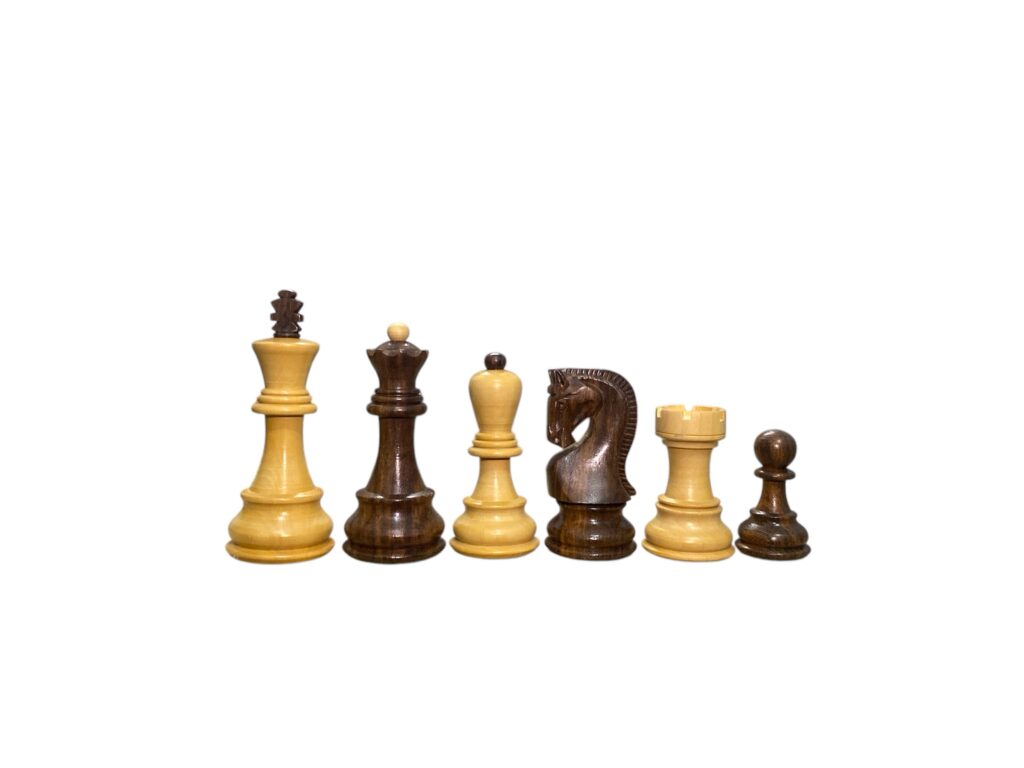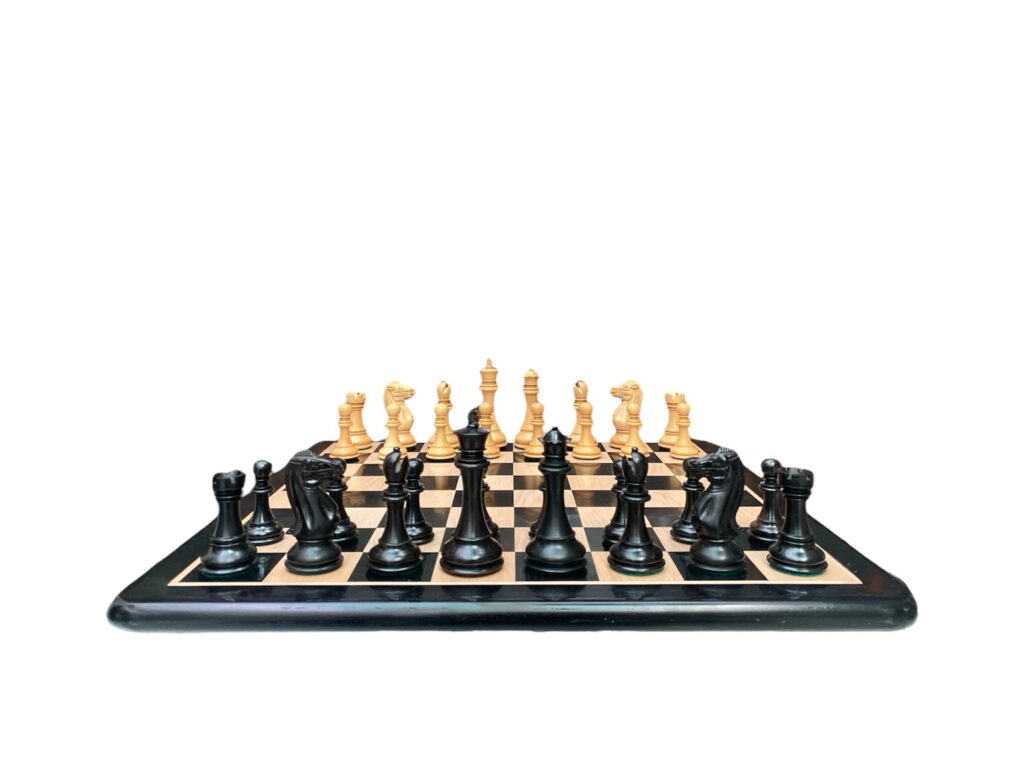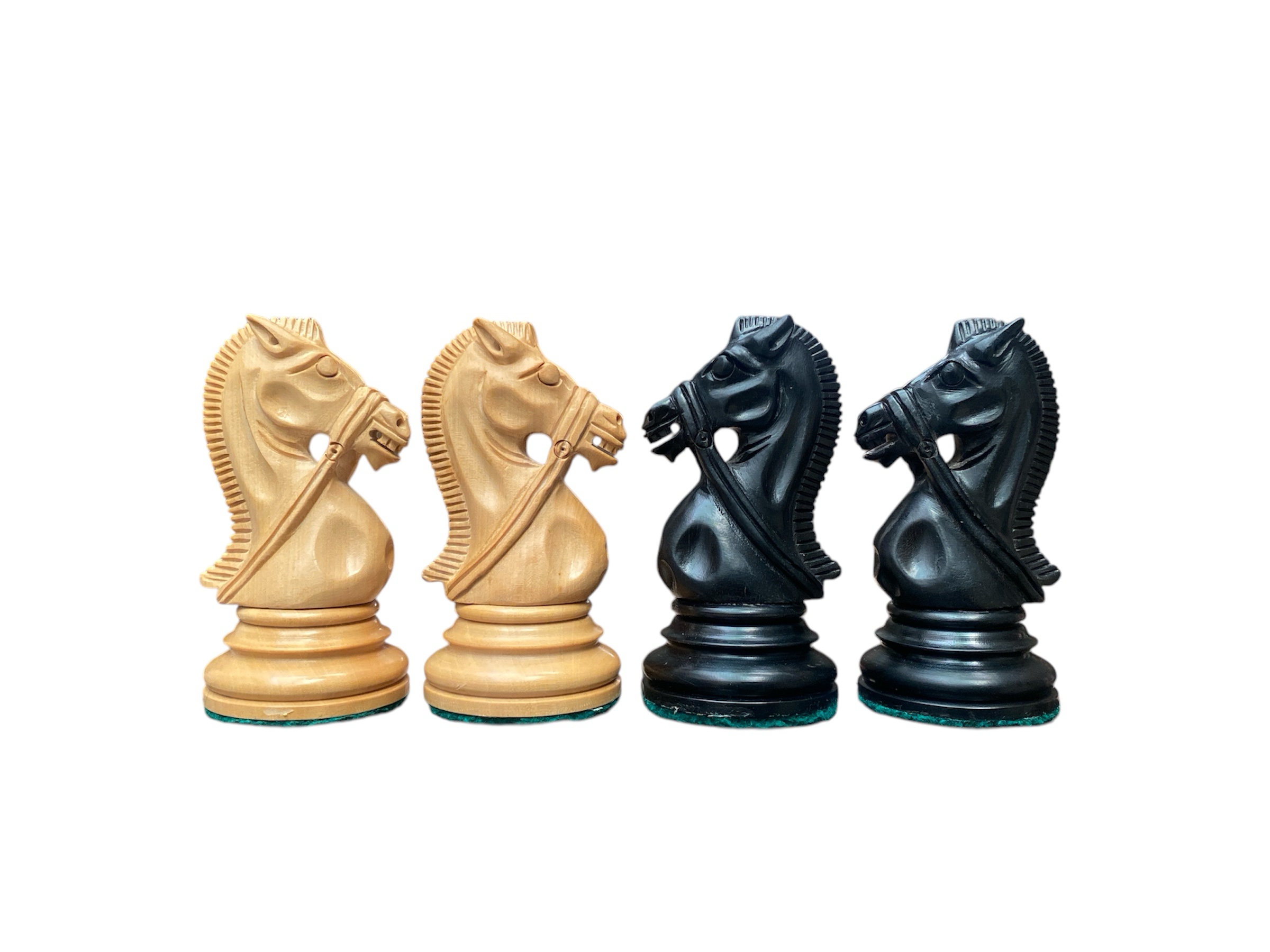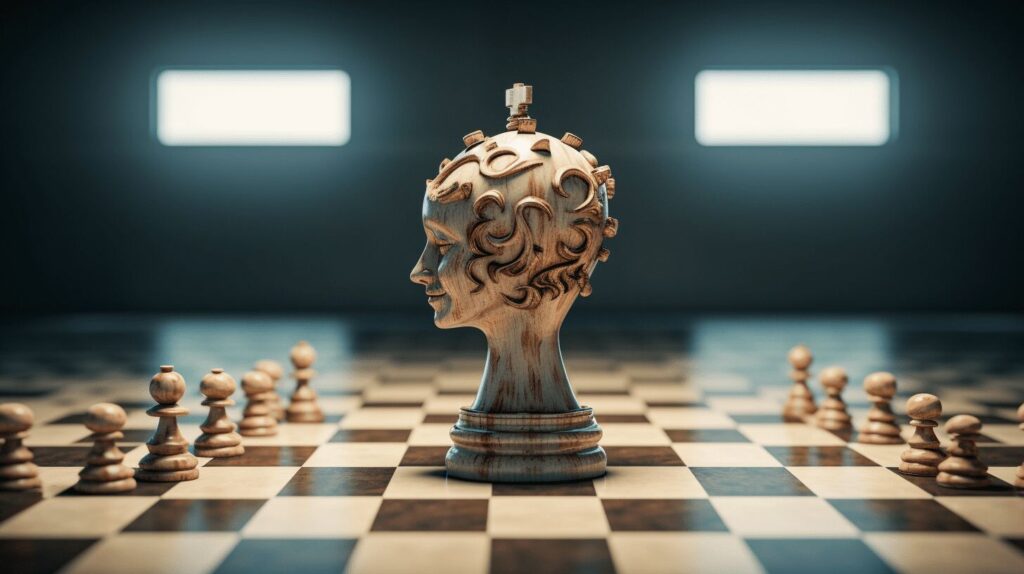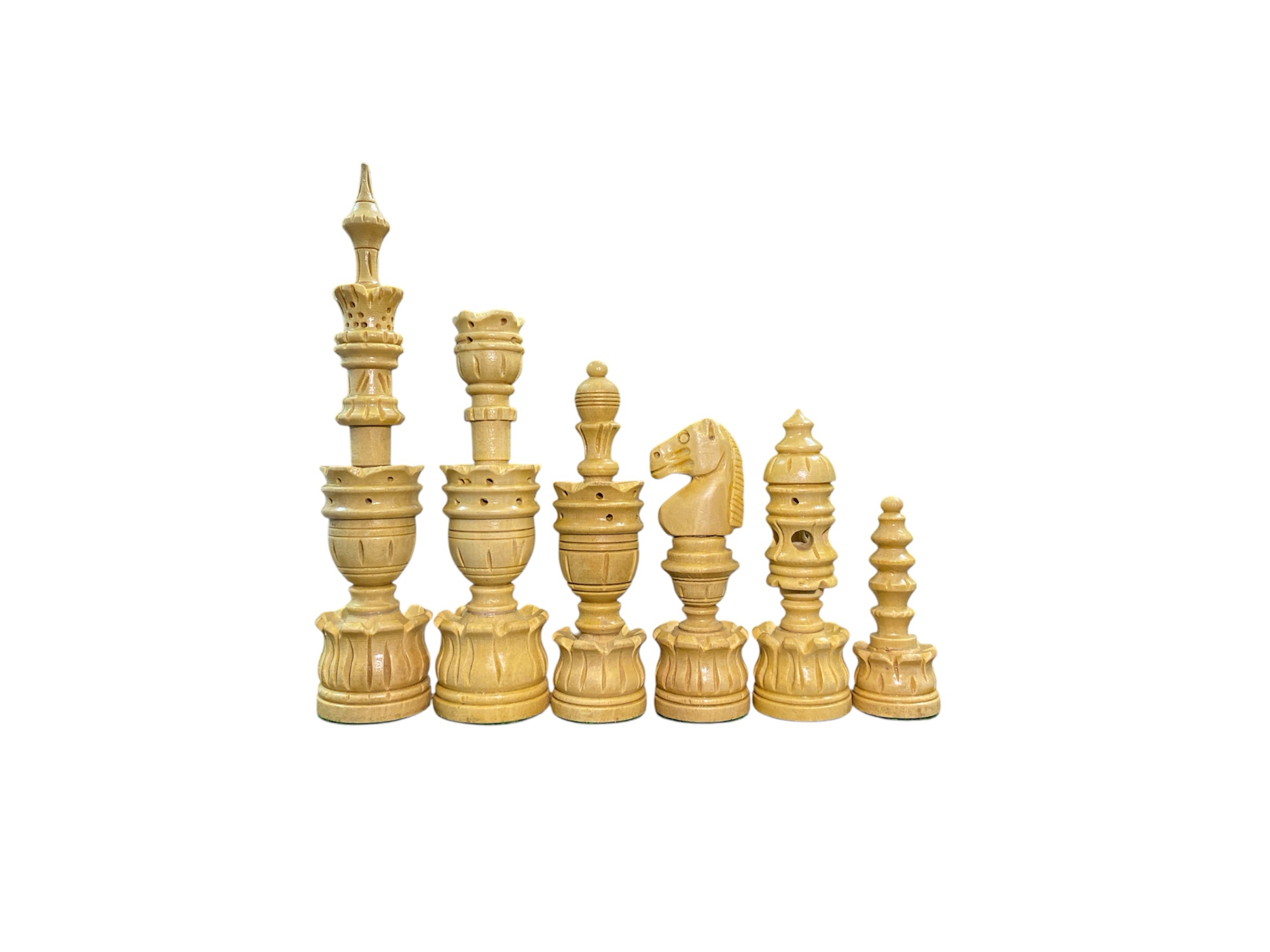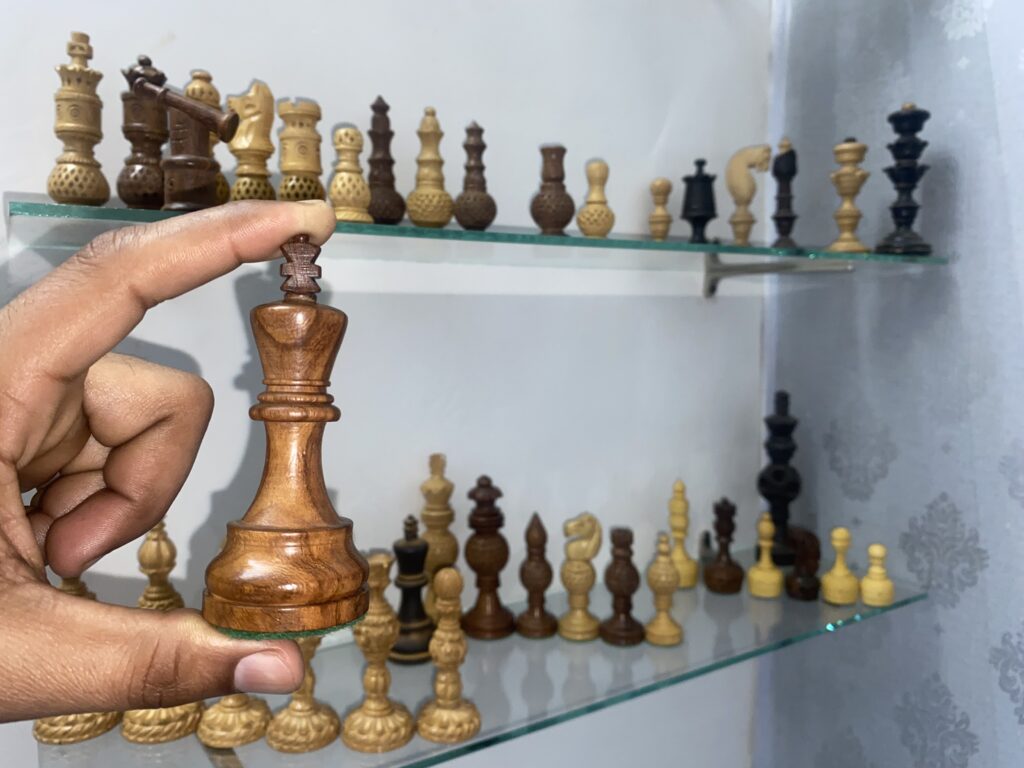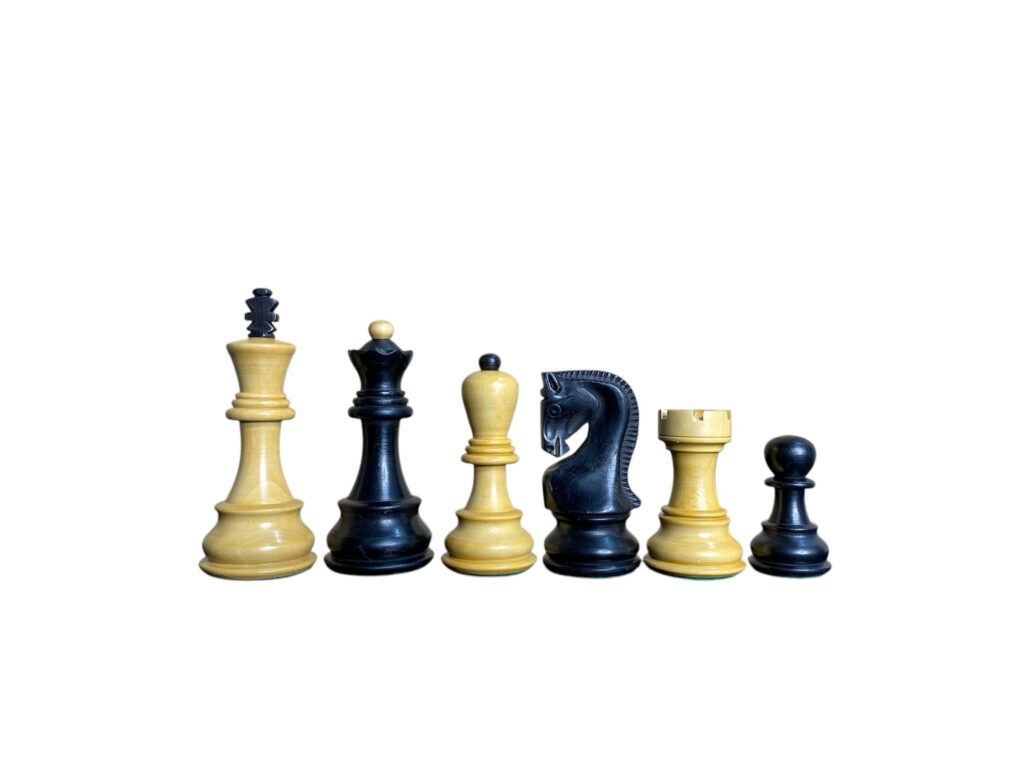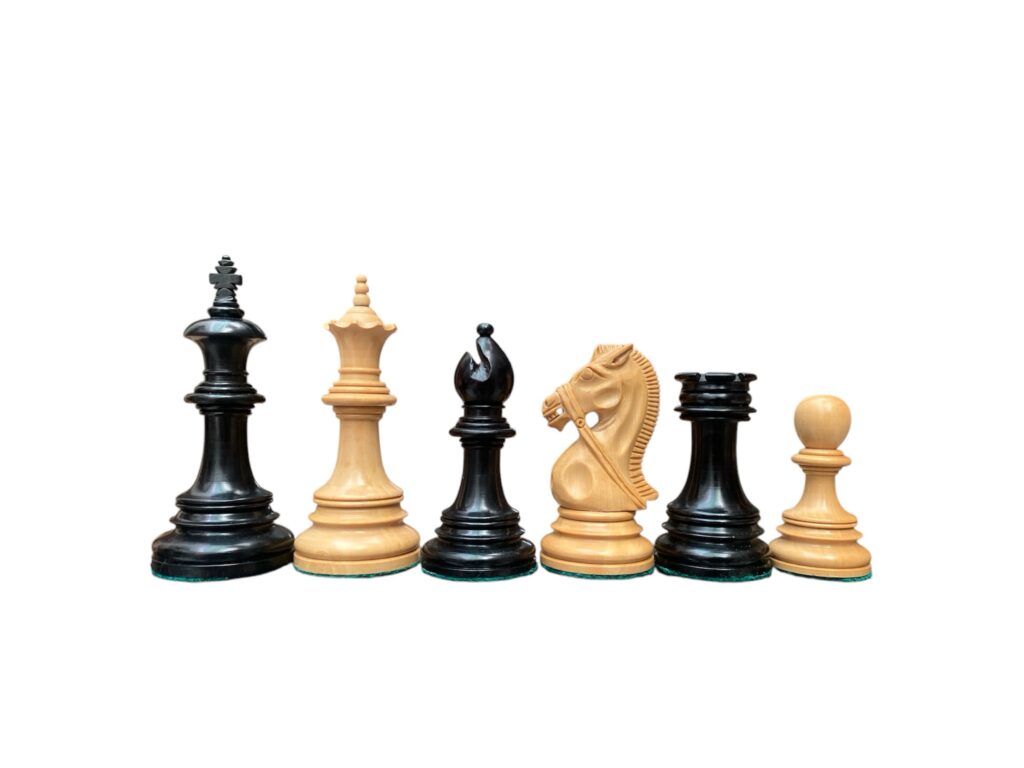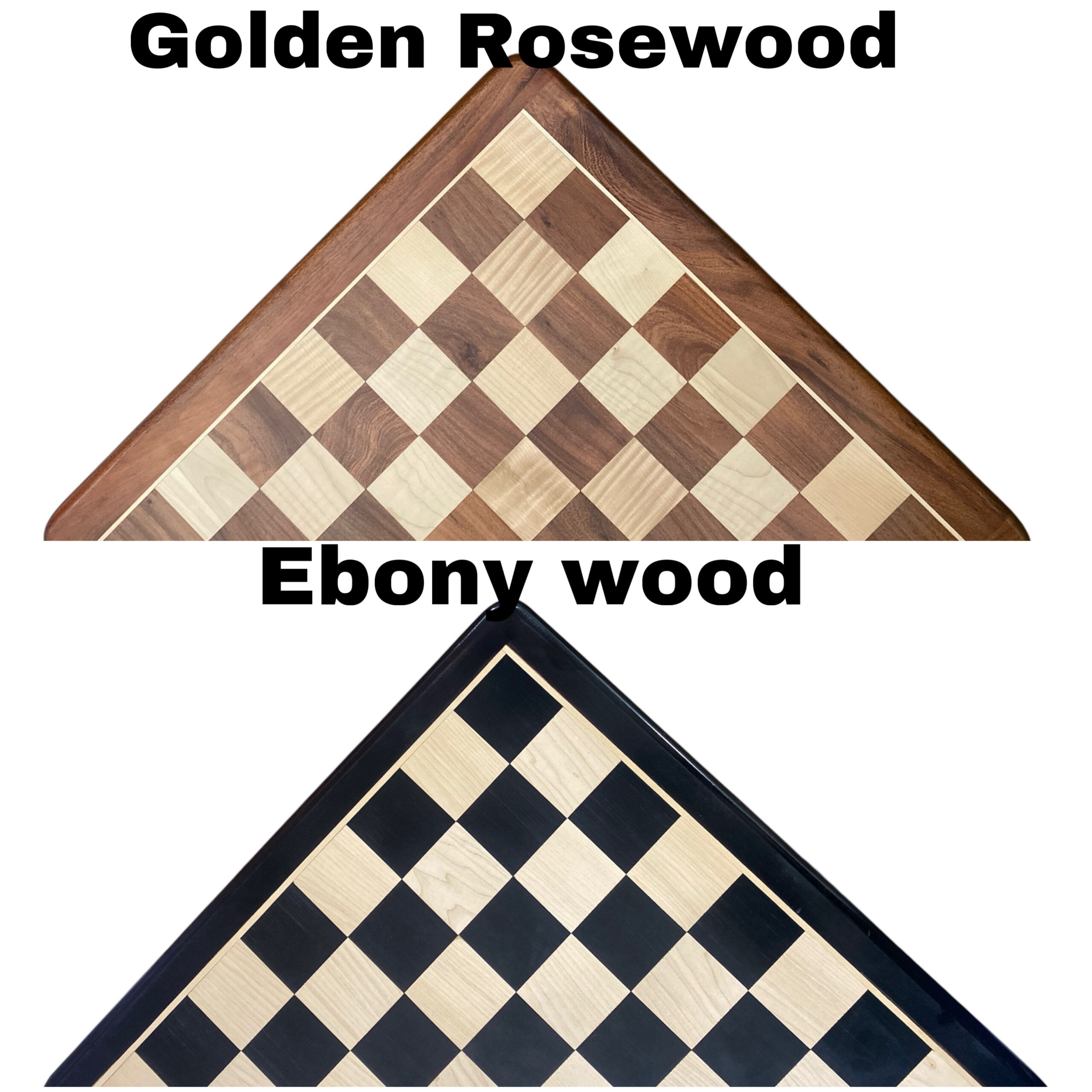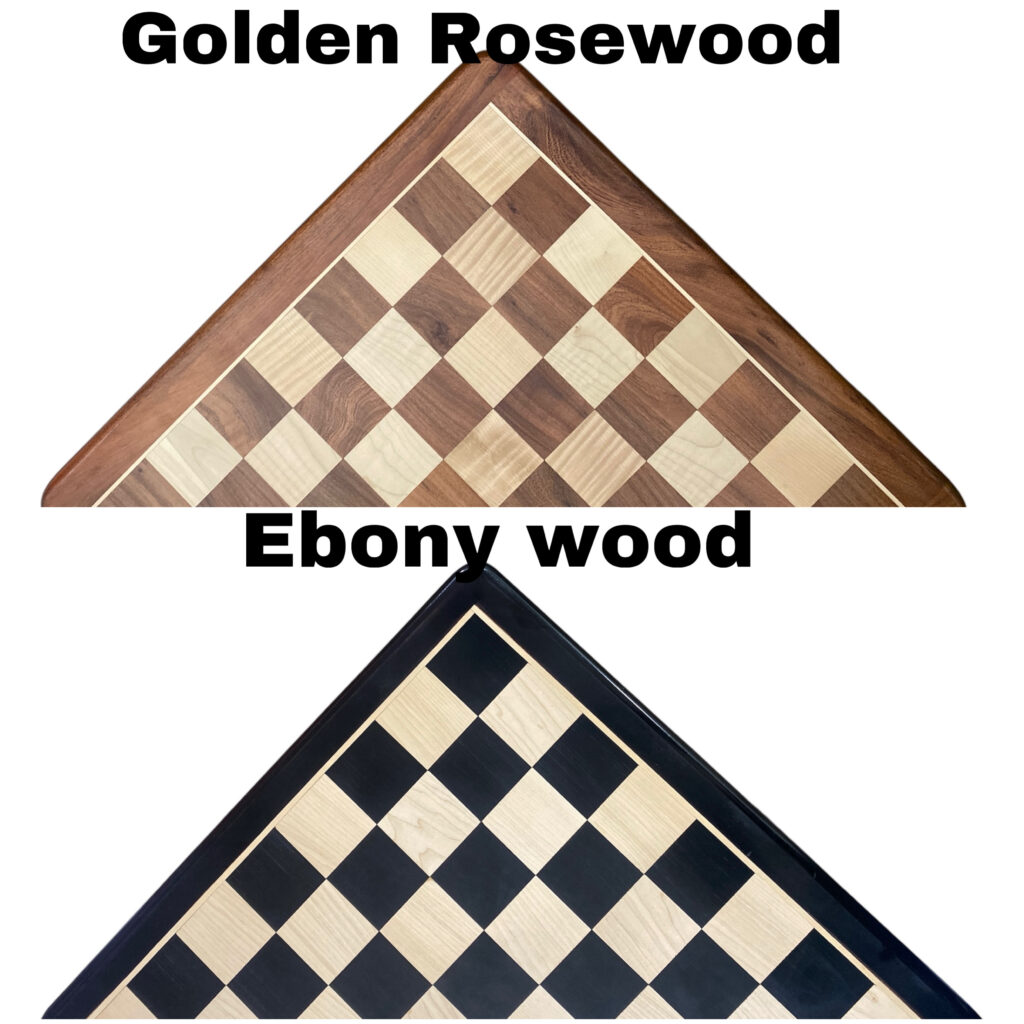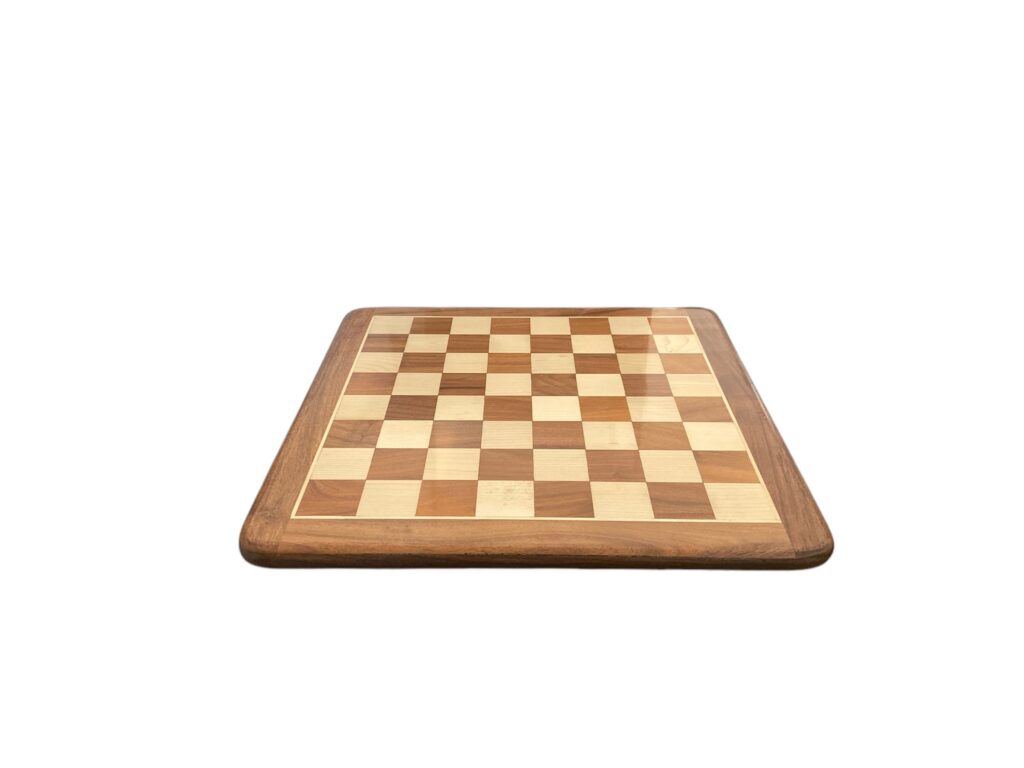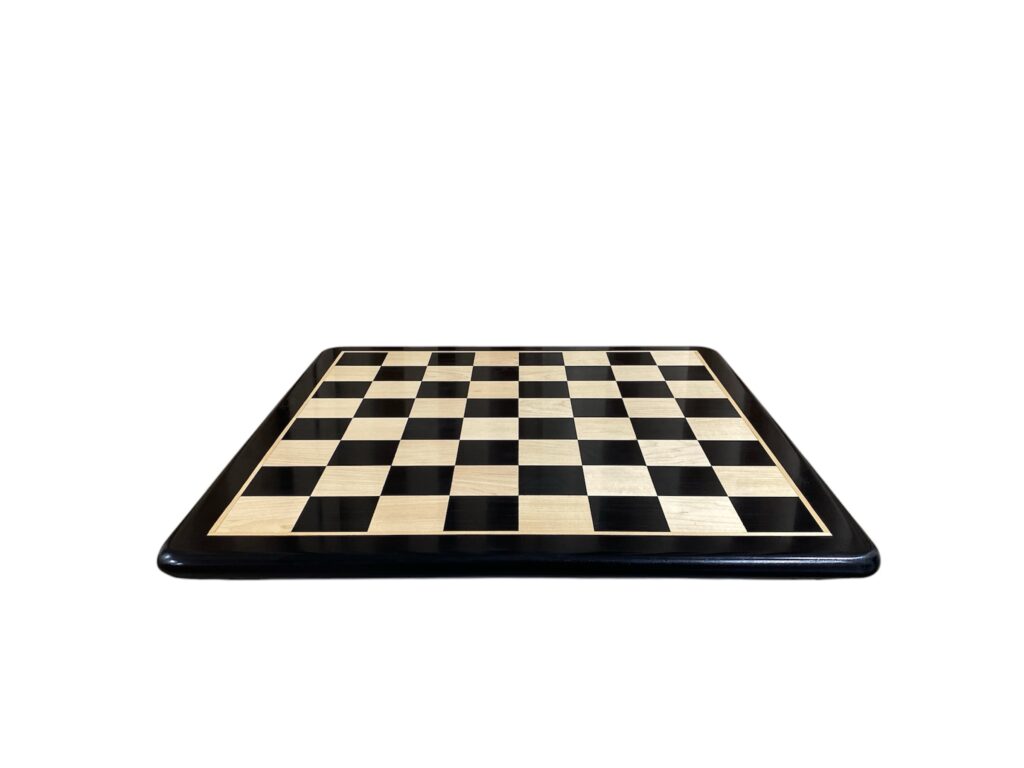The Art of Crafting Magnetic Chess Sets: A Journey Through Our Manufacturing Process
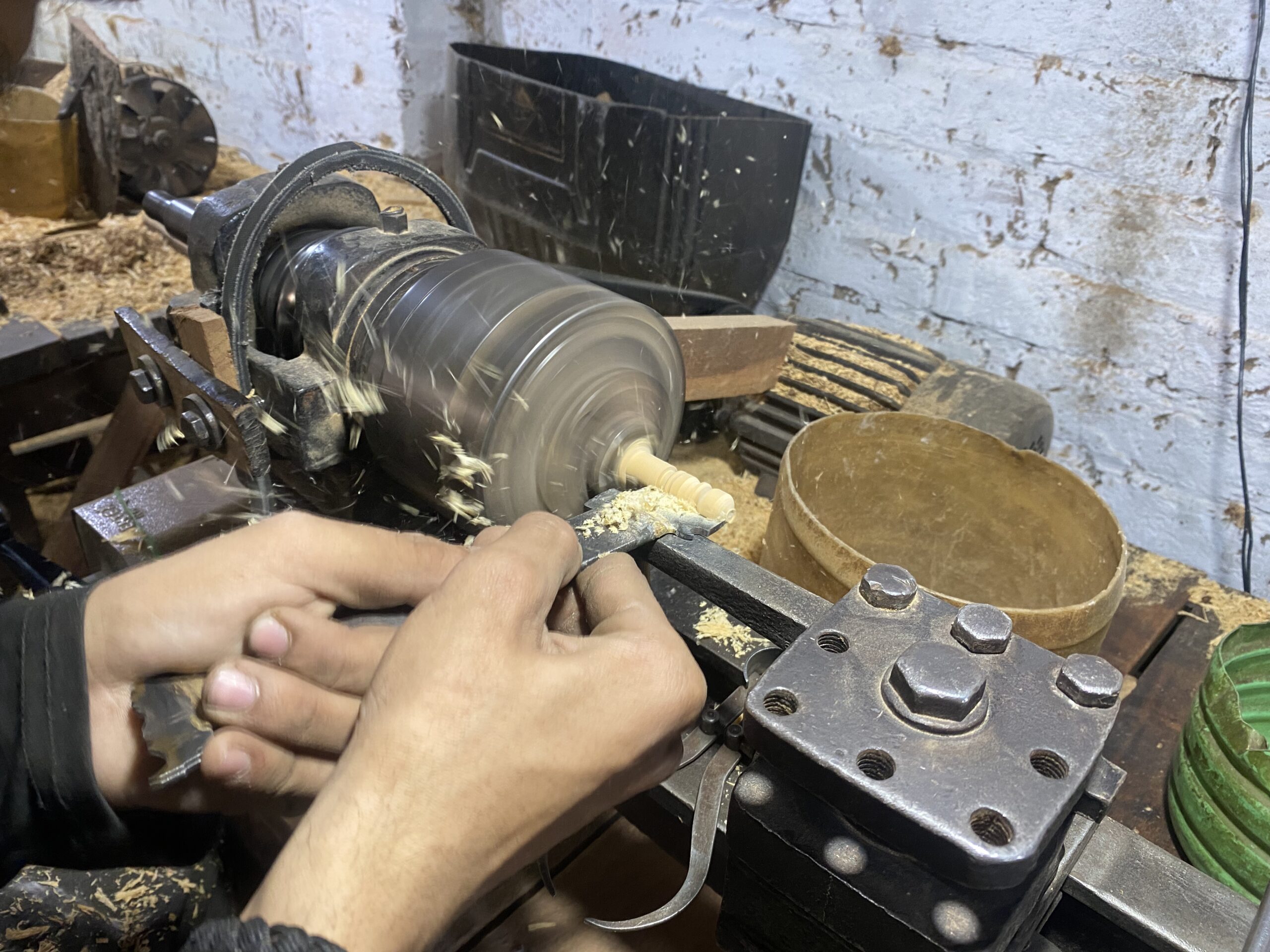
Introduction to Our Chess Manufacturing
At the heart of our company Boss Handicrafts lies a profound passion for chess, a game revered for its strategic depth and cultural significance. Chess transcends being merely a pastime; it represents intellectual engagement, history, and art. Our commitment to this ancient game drives us to produce exceptional chess sets that not only serve as functional tools for gameplay but also as aesthetic artifacts that enhance any space.
High-quality craftsmanship is the cornerstone of our manufacturing process. We firmly believe that a well-crafted chess set can elevate the experience of the game, making it not just about competition but also about appreciation for design and artistry. Each piece in our sets is meticulously crafted, ensuring that every chess game is enhanced by the tactile pleasure and visual appeal of the components. Our artisans dedicate themselves to precision and detail, which results in product quality that reflects both our values and our respect for the tradition of chess.
Our magnetic wooden chess sets, expertly fabricated from Indian Sheesham wood, stand out for their durability and elegance. The unique properties of Sheesham wood make it not only a visually stunning choice but also a robust material capable of withstanding the rigors of regular play. The natural grains and rich hues add to the aesthetic value, making each set distinct. This attention to material selection combined with innovative design features sets our chess sets apart in a crowded market, providing players with both enjoyment and sophistication. By choosing our chess sets, customers invest in a treasured item that celebrates the game while showcasing superior craftsmanship.
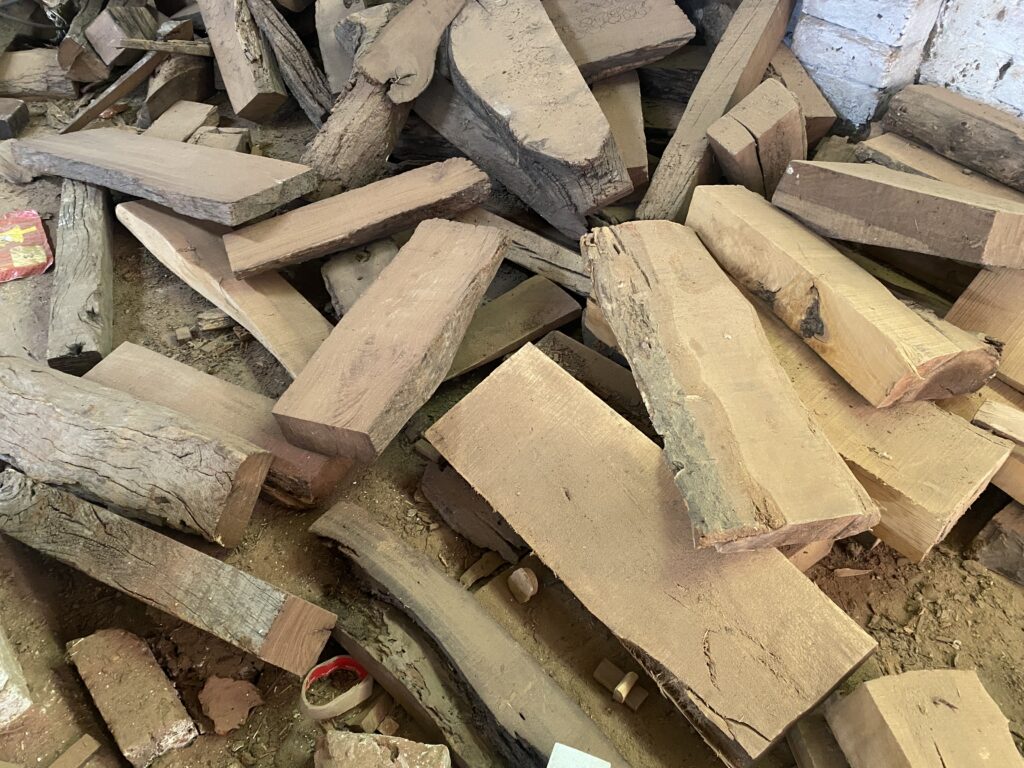
Why Indian Sheesham Wood?
Indian Sheesham wood, often recognized for its unique beauty and remarkable characteristics, stands out as a preferred material for crafting luxury chess sets. Its natural durability is one of the primary reasons for selecting this hardwood. Sheesham has a high resistance to wear, making it ideal for creating robust chess pieces that can endure the rigors of frequent gameplay. This resilience helps maintain the integrity and aesthetic appeal of the chess set over time.
Furthermore, the beauty of Sheesham wood is unparalleled. With its rich, warm tones that range from golden brown to dark chocolate, this wood showcases a stunning array of grain patterns. Each chess piece crafted from Sheesham is unique, with natural variations enhancing the visual appeal of the game. The distinct grains and rich colors allow woodworkers to create pieces that are not only functional but also serve as exquisite decorative items, elevating the overall experience for both players and collectors.
In addition to its practical advantages, Indian Sheesham wood is also favored for its ecological benefits. Sourced from sustainably managed forests, Sheesham is considered an environmentally friendly choice. This sustainable sourcing ensures that the production of chess sets not only meets the demand for high-quality materials but also supports responsible forestry practices. By choosing Sheesham, we endorse sustainable manufacturing processes that benefit both the environment and the communities involved in harvesting this beautiful wood.
Overall, the combination of durability, aesthetic beauty, and ecological responsibility makes Indian Sheesham wood an exceptional choice for crafting magnetic chess sets. Its qualities not only contribute to the functionality of chess pieces but also enhance the overall experience for enthusiasts and casual players alike.
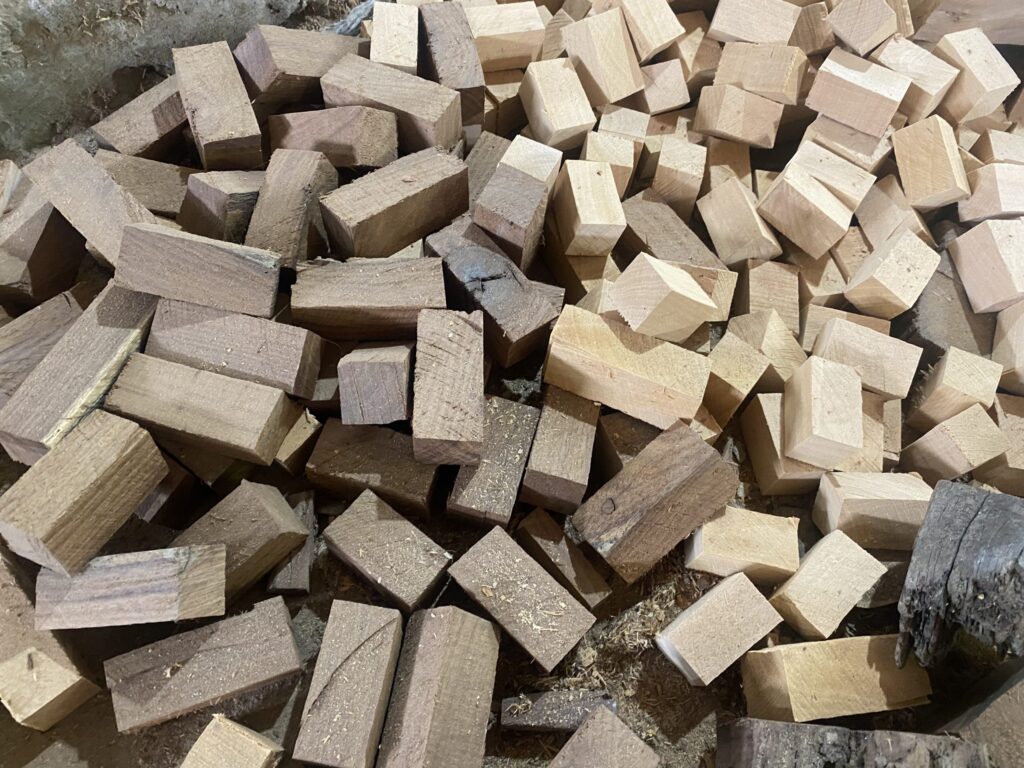
The Crafting Journey Begins: Wood Log to Chess Piece
The creation of a magnetic chess set starts with the careful selection of high-quality timber, chosen for its durability and aesthetic appeal. We prioritize sourcing wood logs from responsibly managed forests. Sustainable practices are at the heart of our manufacturing ethos, ensuring that each piece we craft bears not just beauty, but also a commitment to environmental stewardship. Our selection process involves assessing different types of wood, each lending unique characteristics to the chess pieces. Options such as maple, walnut, and mahogany are frequently evaluated for their density, grain, and visual allure.
Once the logs are selected, the cutting process commences. This essential phase involves slicing the logs into rough shapes resembling the various chess pieces. Advanced machinery is employed to transform the bulk logs into manageable blocks, each of which will eventually be fine-tuned into beautifully crafted pieces. Precision is paramount during this stage, as the dimensions and proportions of each block will play a crucial role in the final product’s balance and ergonomics.
Throughout the cutting process, we meticulously monitor the timber. Each log is visually inspected for imperfections such as knots or cracks that might compromise the integrity of the finished chess piece. Our skilled artisans are well-trained in recognizing the unique qualities of the wood, ensuring that only the best material is forwarded to the next stage of crafting. The transformation from raw logs to rough chess piece shapes requires both technique and an appreciation for the natural characteristics of each type of wood. This foundational stage sets the tone for the entire manufacturing process, laying the groundwork for the detailed craftsmanship that follows.
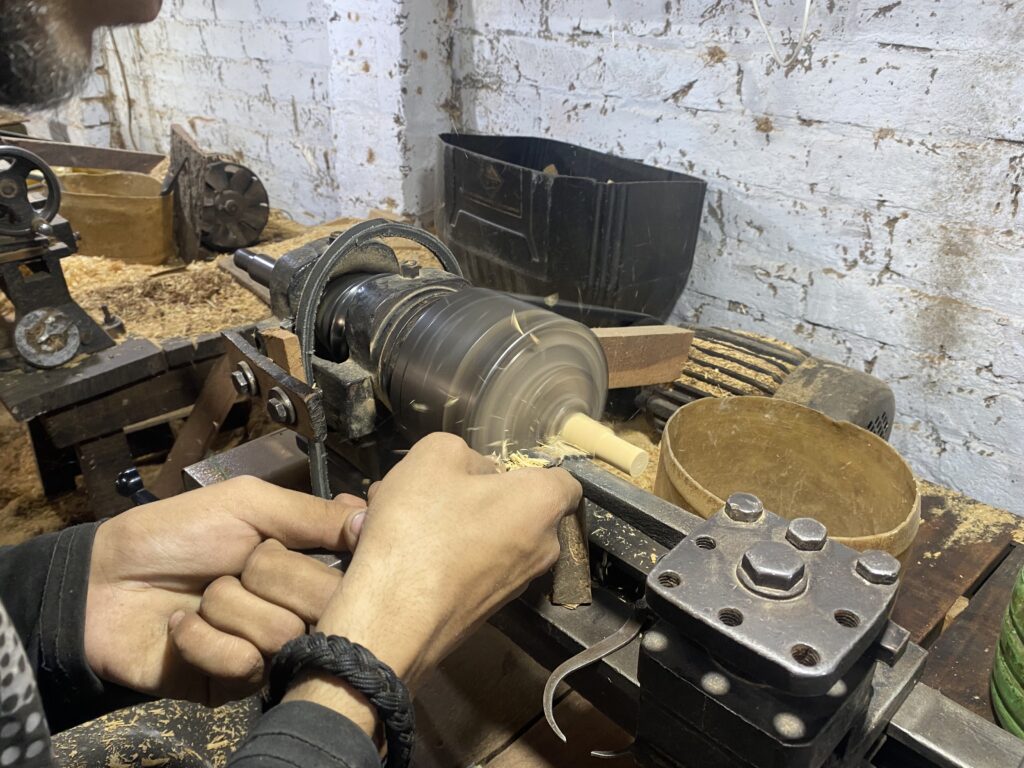
Shaping the Pieces on the Lathe Machine
The process of shaping chess pieces is a critical phase in the creation of magnetic chess sets, demanding a high level of precision and expertise. At the heart of this crafting journey lies the lathe machine, a vital tool used to transform rough, formless materials into elegant, well-proportioned chess pieces. The lathe machine operates by rotating the material while cutting tools shape it, allowing for a remarkable level of control over the final design.
One of the key outcomes of using a lathe machine is the ability to achieve symmetrical and smooth finishes on the chess pieces. The operator must possess a keen eye for detail and a thorough understanding of the specific requirements for each chess piece. Each design, whether it be a pawn, knight, or king, has distinct proportions and characteristics that must be meticulously adhered to, ensuring cohesion and aesthetic appeal across the set.
Moreover, the lathe machine allows for the creation of intricate designs and features, which add unique elements to the traditional chess pieces. The skill involved in operating this machine cannot be overstated; it combines both artistic vision and technical proficiency. Operators must apply their knowledge of cutting speeds, tool types, and material properties to produce pieces that not only look stunning but also maintain durability and functionality.
The attention to detail required during the shaping process contributes significantly to the overall quality of the magnetic chess sets. Every cut and contour must be executed with care, as even the slightest imperfection can alter the visual harmony of the completed product. As a result, investing time and resources into mastering the lathe technique is essential for producing chess pieces that meet the high standards expected by enthusiasts and collectors alike.
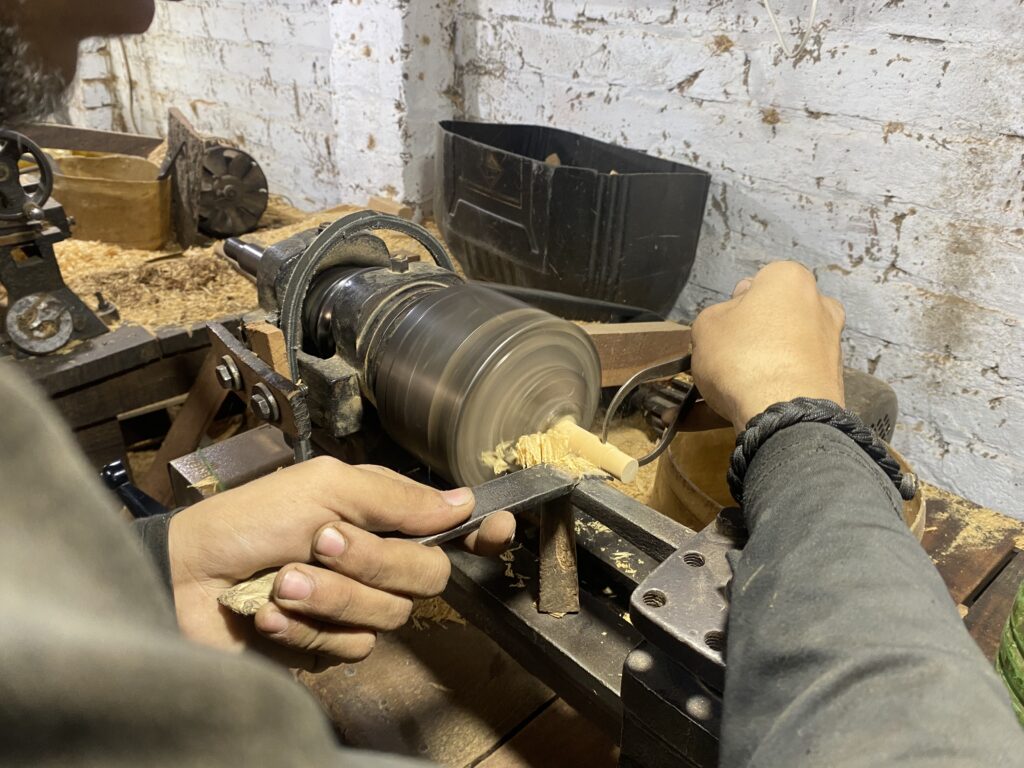
Smoothing and Polishing Process
The smoothing and polishing stage is vital in the manufacturing process of our magnetic wooden chess sets, ensuring that each chess piece not only looks aesthetically pleasing but also feels comfortable to handle. This meticulous step employs various techniques and materials to achieve a high-gloss finish that enhances the overall quality of the chess pieces.
We start by utilizing a range of abrasive materials and tools, including sandpaper, polishing compounds, and buffers. Initially, each piece undergoes a careful sanding process to eliminate any rough edges and imperfections. The grit size of the sandpaper is selected based on the material of the chess piece, whether it be wood, plastic, or resin, to ensure compatibility and optimal results.
Once the pieces are sanded to a uniform finish, we transition to the polishing stage. This involves the application of a fine polishing compound that contains microscopic abrasives, which work to fill in any minuscule surface defects. By using a soft cloth and a systematic buffing technique, we meticulously polish each piece until it achieves a smooth and glossy appearance. This not only elevates their aesthetic appeal but also enhances the tactile experience when handling the set.
Furthermore, the choice of polishing materials is crucial. We often utilize natural waxes or synthetic sealants, which not only highlight the sheen of the pieces but also provide a protective layer against wear and tear. This added durability ensures that the chess pieces maintain their pristine condition even after extended use, making them a delightful addition to any game night.
Through this careful process of smoothing and polishing, our magnetic chess sets are transformed into exquisite pieces of craftsmanship, ready to grace any tabletop. It is this attention to detail that reflects our commitment to quality and the art of chess set manufacturing.
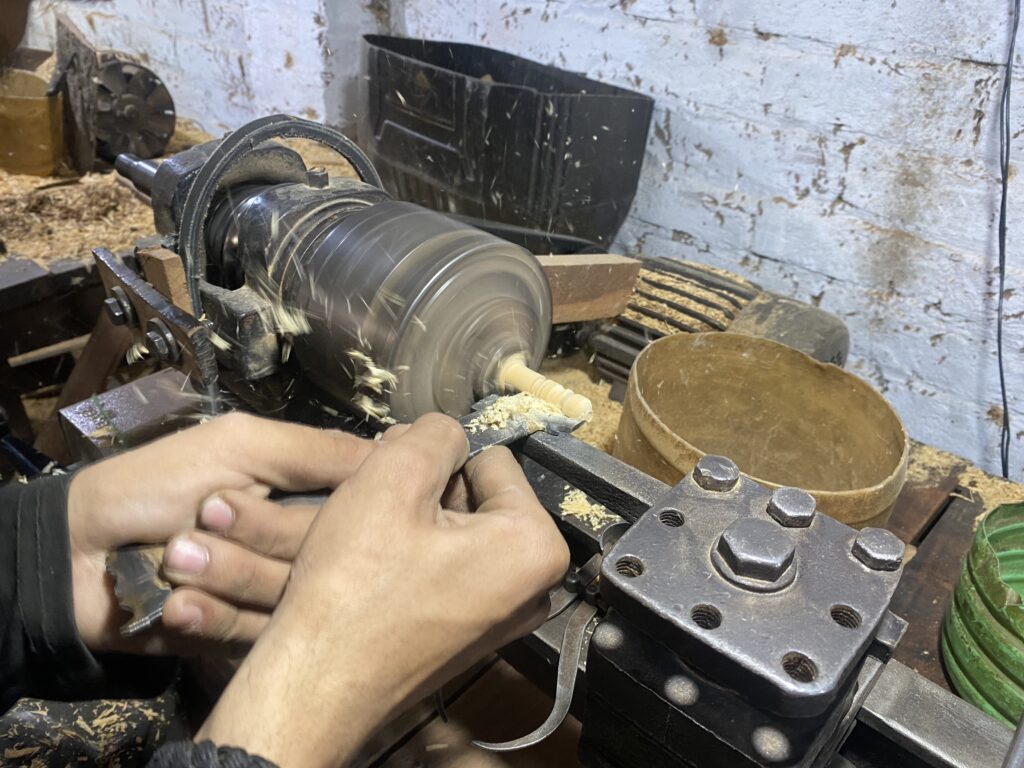
Integrating Magnets: A Modern Touch to Classic Play
The incorporation of magnets into chess sets represents a significant advance in the evolution of this classic game. Magnetic wooden chess sets, designed with embedded magnets within both the pieces and the board, greatly enhance the gaming experience by providing stability and improving gameplay. This modern touch caters to both casual players and serious enthusiasts, ensuring that pieces remain secure during transport and on the board, preventing the frustration of unexpected shifts.
One of the principal advantages of using magnetic components in chess sets lies in their ability to maintain piece placement. During intense matches or casual play, players often shift their focus away from the board, which can inadvertently lead to unwanted piece movement. By integrating small yet powerful magnets, our chess sets allow for seamless gameplay. This feature is particularly beneficial when playing in environments where wind or bumps may disrupt the board, ensuring that the pieces stay in their intended positions. As players can concentrate solely on their strategies, the overall experience becomes more enjoyable and engaging.
The process of fitting magnets into our chess pieces involves precision engineering. Each piece is designed to accommodate a specific size of magnet, carefully chosen to provide just the right amount of attraction without compromising the aesthetic or functional integrity of the piece. The magnets are thoughtfully positioned to ensure a secure connection with the metallic board, while maintaining an elegant design. The combination of craftsmanship and modern technology results in chess sets that not only look appealing but also enhance the functional aspects of gameplay. Thus, the integration of magnets transforms a timeless game into a more dynamic experience, exemplifying how innovation can rejuvenate tradition.
Finishing with Felt: The Elegant Bottom Layer
In the realm of chess set manufacturing, attention to detail is paramount. One of the final touches that contributes significantly to the overall quality and appeal of our chess pieces is the application of high-quality green felt to the bottom layer of each piece. This thoughtful choice serves multiple purposes, enhancing both functionality and aesthetic value.
The primary function of the green felt covering is to prevent scratches on the chessboard. A traditional wooden board is exquisitely crafted and can easily suffer from marks or scuffs caused by the contact of chess pieces. By incorporating felt into our design, we ensure that the surface of the board remains pristine during gameplay. This protective layer acts as a buffer, absorbing impact and providing a cushioned contact point between the chess pieces and the board.
Furthermore, the green felt enhances the experience of playing chess by providing a smooth glide for the pieces. When players maneuver their chess pieces, the friction generated by bare bottoms can hinder movement and disrupt the flow of the game. Our felt covering minimizes this friction, allowing for a seamless transition, whether in the initial setup or during an intense match. This quality not only elevates gameplay but also reflects our commitment to providing a superior chess experience.
Lastly, the elegant touch of the green felt lends an aesthetic charm to the chess pieces. The rich hue of the felt not only complements the natural colors of the wood but also adds a touch of sophistication. When players arrange their chess pieces on the board, the felt bottom ensures that every movement is accompanied by a blend of beauty and functionality. In crafting magnetic chess sets, the addition of felt serves as the perfect finishing touch, manifesting our dedication to excellence and artistry in every piece.
Creating the Magnetic Chess Board
The creation of a magnetic chess board is a meticulous process that emphasizes both functionality and aesthetic appeal. At the outset, we carefully select high-quality materials that ensure durability and beauty. Our preferred choice typically involves a combination of wood, which adds a classic look, and sleek composite materials that enhance longevity. By using different finishes, we aim to provide a refined look that appeals to a wide range of chess enthusiasts.
The manufacturing process begins with precise measurements and expert craftsmanship. We laminate the base material to create a surface that is not only visually appealing but also functional for gameplay. Each chess board features a specially designed grid pattern to accommodate the chess pieces reliably. The chess board is then treated with a protective coating, ensuring it withstands wear and tear while maintaining its visual integrity over time.
One of the key innovations in our manufacturing process is the clever integration of magnets into the chess board. We embed small, strong magnets within the squares of the board, a technique that enhances the game experience. This magnetic feature helps to securely hold the chess pieces in place, reducing the likelihood of accidental movement during play. The magnets are strategically positioned to ensure that they do not interfere with the aesthetic appeal of the board while maximizing functionality.
Moreover, our design philosophy revolves around the concept that a chess board should not only serve a practical purpose but also be a visual centerpiece. We strive to achieve a balance between traditional chess board design elements and contemporary finishes, allowing players to enjoy both the strategic aspect of the game and the beauty of the board itself. Through meticulous craftsmanship and innovative techniques, we are committed to producing magnetic chess boards that elevate the playing experience, combining efficiency with elegance.
Quality Control: Ensuring Perfection in Every Set
Quality control is an essential component of our manufacturing process, ensuring that every chess set we produce meets the highest standards of excellence. Our commitment to quality begins at the initial stages of production and continues through to the final inspection, allowing us to deliver chess sets that are not only functional but also aesthetically pleasing.
The first step in our quality control protocol involves rigorous craftsmanship checks. Each chess piece is crafted with precision, and our skilled artisans meticulously inspect each item for any defects or imperfections. This includes examining the material quality, ensuring that the pieces are free of fractures, chips, or any flaws that could impact performance. Attention to detail is paramount; for example, we verify that the weights of the pieces are balanced, which is essential for gameplay, particularly in the stability of the pieces during matches.
Aesthetic evaluation forms the next phase of our quality control process. A chess set must not only perform well but also be visually appealing to the players. Our assessors confirm that the colors, finishes, and overall design align with our brand’s standards. We recognize that chess sets are often considered art pieces in addition to gaming instruments, thus aesthetics play a crucial role in the overall experience. If a set does not meet our visual standards, it is re-evaluated or reworked until it achieves perfection.
Finally, we conduct functional testing to ensure each set is truly chess-ready. This includes checking the fit of the pieces on the board, verifying that the board is square, and that the dimensions are consistent with tournament standards. All these assessments ensure that our chess sets deliver not only quality in craftsmanship and design but also in playability.
Through these stringent quality control measures, we can assure our customers that every chess set they receive is a product of dedication and excellence, ready to provide countless hours of strategic play.
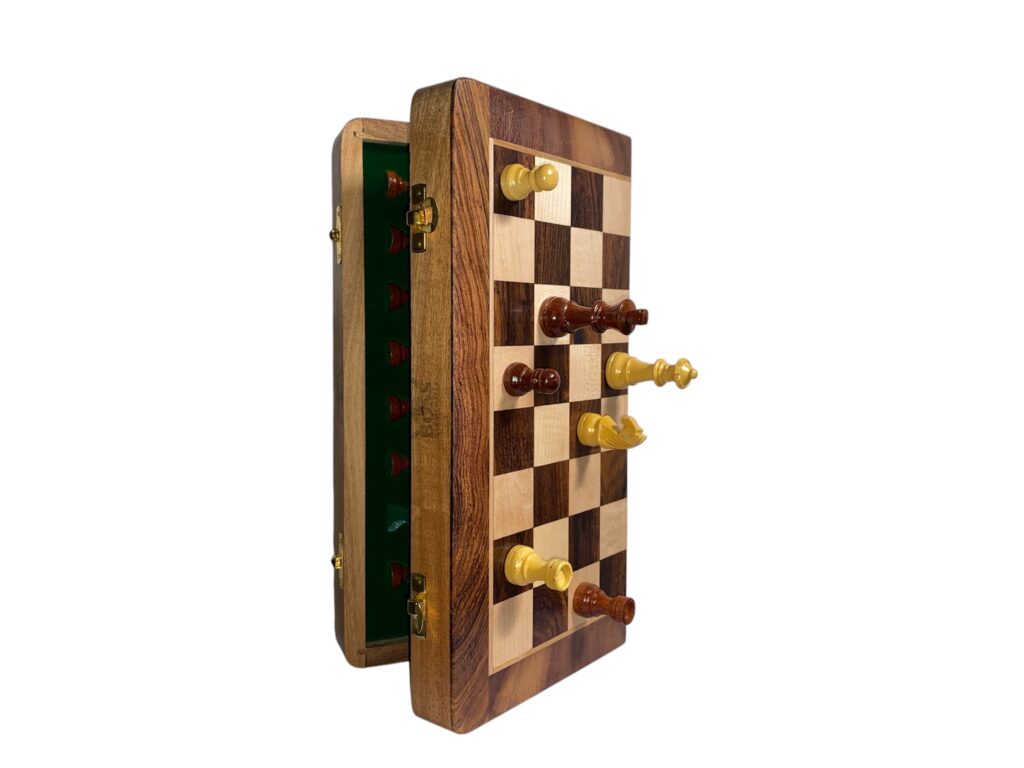
Where to Buy Wooden Chess Sets –
Available size-
5 Inch Magnetic Wooden Chess Set
7 Inch Magnetic Wooden Chess Set
8 Inch Magnetic Wooden Chess Set
9 Inch Round Magnetic Wooden Chess Set
10 Inch Flat Magnetic Wooden Chess Set
10 Inch Magnetic Wooden Chess Set


